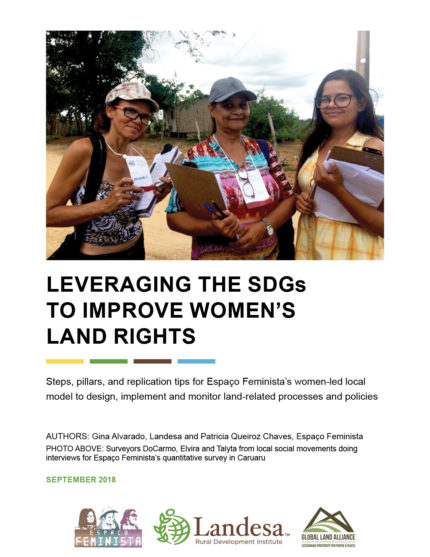An Experimental Framework for Integrating Citizen and Community Science into Land Cover, Land Use, and Land Change Detection Processes in a National Mapping Agency
Accurate and up-to-date information on land use and land cover (LULC) is needed to develop policies on reducing soil sealing through increased urbanization as well as to meet climate targets. More detailed information about building function is also required but is currently lacking.





